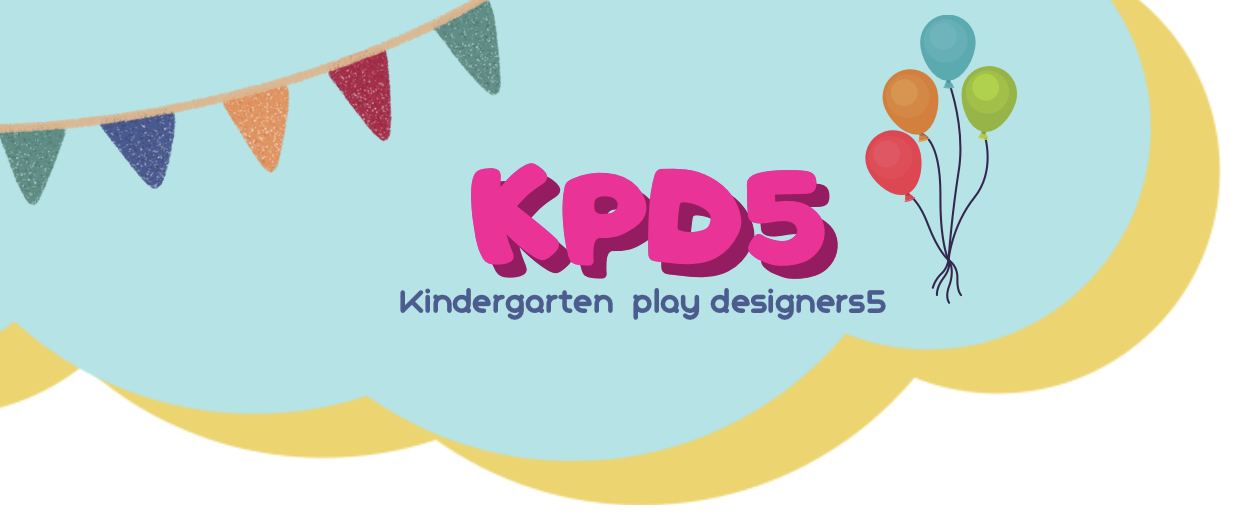The children showed initiative and enterprise at the very beginning of the project. The paintings by the painter Joan Miro attracted the children and were a sufficient incentive for work with their cheerful and playful colors and shapes, which suited the nature of the children. The children participated as competent individuals who are able to recognize, initiate and shape various creative activities and processes of artistic expression based on the offered paintings, mostly using painting techniques and finding original approaches to solving interesting artistic challenges that Miro presents with his paintings. The children developed divergent thinking in communication and creating the character Mirolino, who became the hero of the project and their main motivator. They use cognitive-symbolic expressions and thus show the educator and other children their understanding of Joan Miro and the context from which he came and how he lived there, as well as a comparison with their own context in which they live. The children’s research required sensory integration in learning because music, visual motivational elements, tactility when painting were used, and by activating all sensory systems, the learning was complete and the experience was summarized in the process and the artistic product.
After the activity, the children were able to recognize the work of the Catalan painter and distinguish his paintings from others. They learned the basics of art, what is sculpture and what is painting. They researched the life of the famous painter and, in the co-construction of knowledge, discussed the differences between his life and theirs. They came to interesting conclusions and shared them in the learning community. They combined perspectives in order to create a common one, which did not lead to competition, but cooperation and support. The outcome of these activities was successful interpersonal functioning and the development of social competences, understanding and acceptance of others in their differences, ethics, solidarity and tolerance in communication, the perception of oneself as a member of the community who has the opportunity and is able to contribute, and thus more so because the community is made up of relationships across national borders.
Drawing stories, as well as setting them to music and drawing in pairs, enabled greater imagination in children, which is the foundation for coping with the stress of today’s speed. Having time for yourself and letting yourself indulge in alternative worlds in your thoughts creates resilience in children to the worries of the real world. Painting magical animals according to Joan Miro’s model only contributed to this even more. An understanding of cultural and linguistic diversity in Europe was also gained, but parallel unity, what a group of people does and can do, and this is summarized in the products of the activities, but most of all in the process itself. The main outcome of these activities is the democratization of work, because children take over the management of activities and give their voice in devising new ones, which is where originality in thinking and acting springs from.
Vesnica Čizmar, Kindergarten Vladimir Nazor, Croatia


